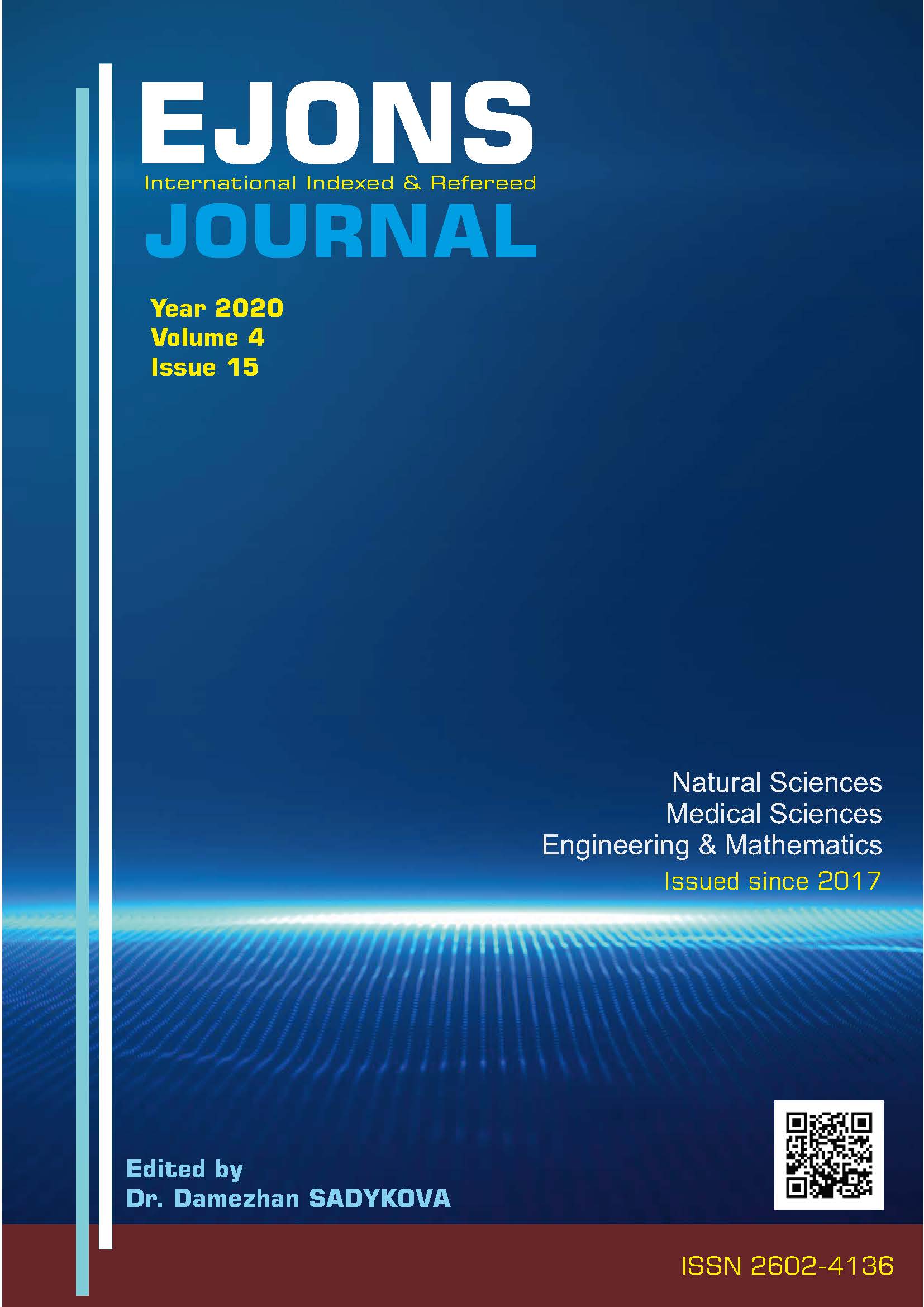Evaluation Of Sternoclavicular Joint Disorders: A Single Center Experience
DOI:
https://doi.org/10.38063/ejons.287Keywords:
Sternoclavicular joint, sternoclavicular swelling, arthralgia, Rockwood Rating ScaleAbstract
ABSTRACT Objective: The sternoclavicular joint (SCJ) is the sole synovial articulation between the upper extremity and the trunk. It is one of the most commonly used joints since it is a joint that plays a role in almost every movement of the arm. Since SCJ pathologies are rarely reported in the medical literature, relatively little attention is paid to the disorders of this joint. Sternoclavicular joint disorders were investigated with regard to characteristics, clinical course, and radiological and laboratory findings in order to contribute to the limited literature focusing on disorders of the SCJ. Methods: This study conducted between March 2013 and September 2019 including 75 patients with SCJ complaints. All patients were evaluated through physical examinations and radiological and laboratory investigations. In cases where diagnosis was difficult, biopsies were performed. Visual analog scale (VAS) scores were used to assess the pain level of patients and functional results were evaluated using the Rockwood scale before and after the treatment. Results: The study group consisted of 75 patients (59 females and 16 males) with a mean age of 53.12 ± 8.50 years. Patients were divided into 3 groups: (i) SCJ pathologies due to trauma, (ii) SCJ pathologies due to systemic diseases, and (iii) primary pathologies of SCJ. There were 8 (10.7%) patients in the first group, 9 (12%) in the second group (3 rheumatoid arthritis, RA; 1 systemic lupus erythematosus, SLE; 1 diabetes, and 1 septic arthritis) and 58 (77.3%) patients in the third group. There was a significant decrease in VAS scores and a significant increase in Rockwood Rating Scale scores after treatment. Conclusion: Most of the patients had a clinical presentation of non-infectious swelling and/or pain in the joint that could not be explained by any specific disease. Appropriate resting and NSAIDs are usually sufficient in the treatment of these patients.
Downloads
Published
How to Cite
Issue
Section
License

This work is licensed under a Creative Commons Attribution-NonCommercial 4.0 International License.


